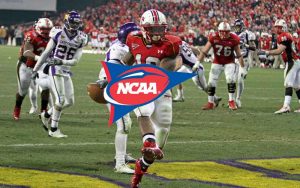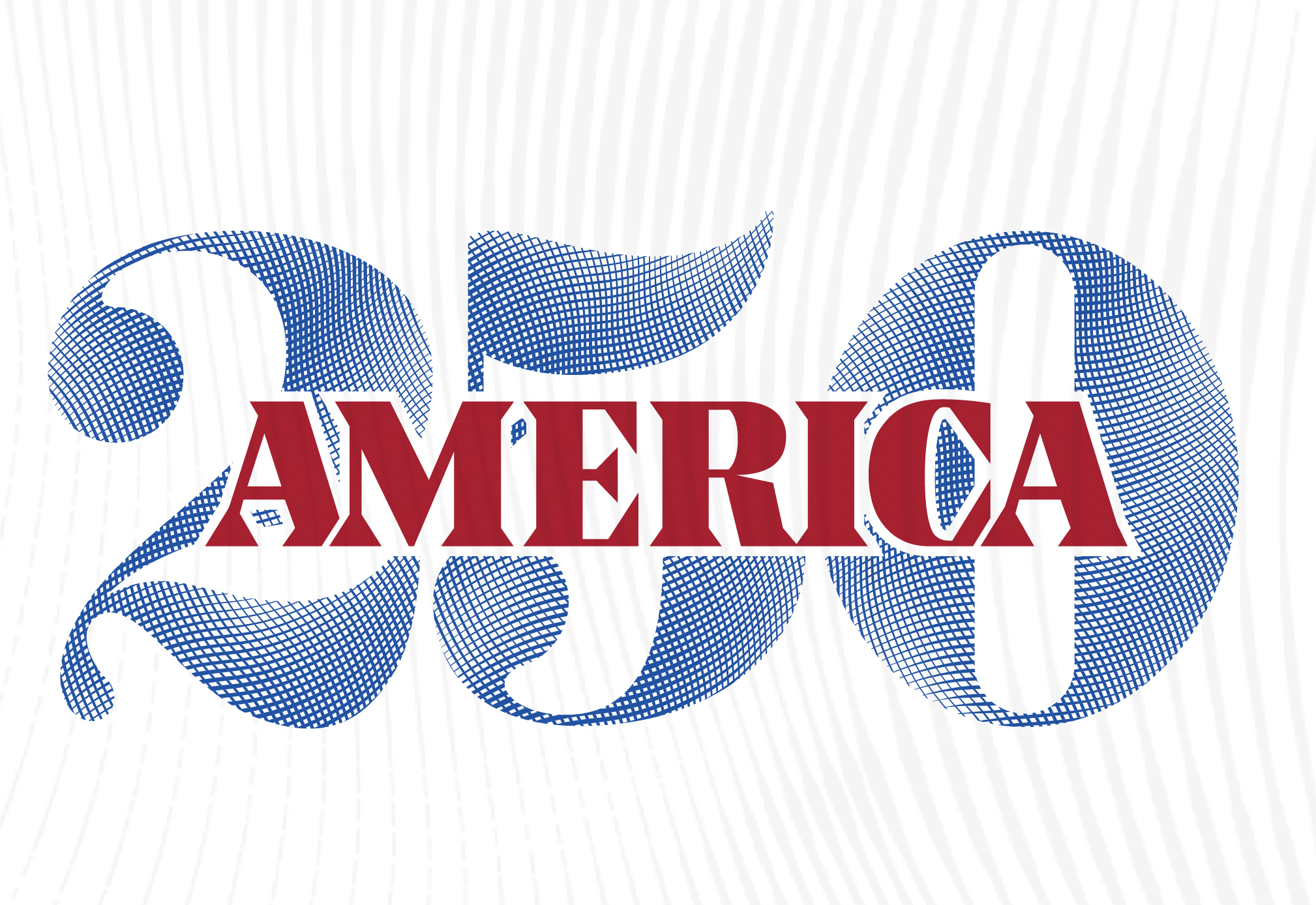(ThyBlackMan.com) One of the notable plays during college football’s first full weekend took place in the game between Maryland and Texas. During Maryland’s first offensive play of the game, the Terrapins decided to line up with 10 players, instead of 11, while intentionally leaving a void at right guard where former Maryland offensive lineman Jordan McNair would’ve lined up. McNair died June 13 of this year from heatstroke he suffered at a May 29 workout and Maryland is facing legal problems from that as well as potential widespread verbal and physical abuse of Maryland football players by Maryland coaches. Sadly, while the situation at Maryland regarding allegations of abuse against its players aren’t happening on every college campus with a football team, they aren’t exactly rare.
It is extremely tough to be a college football player. It takes a lot of dedication, discipline, and toughness to deal with the multitude of  responsibilities that players face as coaches attempt to get the best out of their players through various means. Many college football players are used to coaches yelling at them, being intense with commands, and verbal directions even prior to arriving on campus. However, there are always blurred lines that coaches cross at times where verbal, physical abuse, and intimidation can take place. When “developing” young men into college football players turns into abuse of players by athletes you have situations like that have been happening for years in college football.
responsibilities that players face as coaches attempt to get the best out of their players through various means. Many college football players are used to coaches yelling at them, being intense with commands, and verbal directions even prior to arriving on campus. However, there are always blurred lines that coaches cross at times where verbal, physical abuse, and intimidation can take place. When “developing” young men into college football players turns into abuse of players by athletes you have situations like that have been happening for years in college football.
The Kansas football program is arguably the worst Power Five football program in Division I. Kansas has not had a winning season since 2008 when former head coach Mark Mangino led the team to some of the most successful seasons in school history. Despite having multiple seasons of success at a “basketball” school, Mangino resigned after eight seasons in December 2009. He faced allegations of mistreatment of players and an internal investigation that he allegedly grabbed, yelled at and put his finger in the chest of a player who had been laughing during a walkthrough or practice during the 2009 season. There also other instances where Mangino allegedly lost his temper and verbally abused his players.
By 2016, Indiana football was making year by year progress under former head coach Kevin Wilson. He resigned in November 2016 after player mistreatment allegations from 2015 emerged. The mistreatment was from a culture where injured players were demeaned and that Wilson created a culture where if “you were injured, he just wanted to make you feel like crap. He just wanted to make you feel bad, so you basically would stop being injured.” The multiple investigations into Wilson’s behaviors led to his resignation.
The situation at Maryland also shows that the head football coach can include his staff as part of the abuse and mistreatment of student-athletes. Maryland coaches were accused of actions like “a player whom coaches wanted to lose weight was forced to eat candy bars as he was made to watch teammates working out” and a “player was belittled verbally after passing out during a drill.” Former Maryland strength and conditioning coach Rick Court was also accused of throwing small weights and other objects in the direction of players when he was angry.
Unfortunately, these various situations at these colleges and universities highlight how college football coaches yield their power over college football players in system where players have little to no power. The same scholarships that the public mention that players get as a “free ride” can easily be taken away from players on a year to year basis. In situations of workplace abuse, unions work to make sure that the conditions of their workers are safe, respectful, and not hostile but college football players are unable to unionize as non-employees. Paying the college football players is one thing and protecting them is something completely different.
Staff Writer; Mark Hines

















Leave a Reply